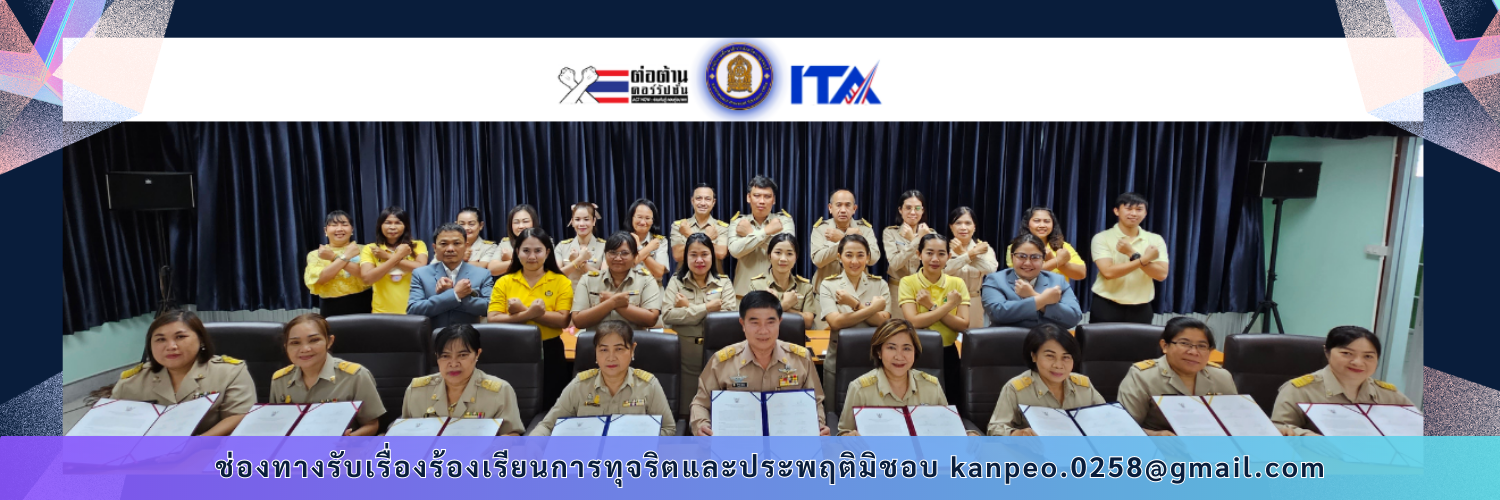This might include using an objectives and key results (OKR) framework that aligns employees with the business strategy. For example, if business leaders want to reduce production time and expenses, an HR strategy would consider how each function affects that goal. Instead of simply reducing headcount, a company could cut labor costs at a factory by hiring more qualified manufacturing employees or providing better employee https://adprun.net/ training. Alternatively, improving the employee experience could increase productivity and effectively reduce labor costs. Gallup’s recent findings emphasize that innovative approaches are becoming increasingly essential in the face of declining employee engagement. For example, Mastercard has effectively improved employee engagement through comprehensive learning environments and forward-looking development programs.
But it’s easy to get caught up in tactical HR work when dealing with HR problems. Most HR problems are a result of employee performance, a bad hire, or a compliance issue. According to the Department of Labor and Statistics, the cost of a bad hire can be 33% of that employee’s salary and benefits. And the cost of compliance issues can range from a thousand to tens of thousands of dollars depending on fees and lawsuits.
- A recent UKG study found that 78% of C-suite executives report their organizations are currently using AI, but only 42% of employees think they’re using it.
- This demonstrates a need for employees to understand how the technology is seamlessly integrating into—and supporting—their everyday functions.
- Adobe now fosters a more collaborative environment between managers and their teams.
- At a high level, the employee journey includes recruiting, hiring, onboarding, development, evaluation, and advancement.
- The cost of turnover because of poor hiring practices and a lack of in-company support can be astronomical.
Operationally, it pulls all your HR functions together — talent acquisition, retention, and succession planning. It also influences functions that fall under the HR umbrella, such hr strategy examples as learning and development and diversity, equity, and inclusion. Your HR or people strategy is a road map providing direction for people policies, processes, and programs.
COMPENSATION & BENEFITS – REWARD BEHAVIORS
In this article, we’ll look at some of the best HR strategies a modern employer can implement and how their success can be measured. Without a team of people coming together daily and working towards a common goal, businesses would fail to be more than immaterial concepts. Canva, a Sydney, Australia-based online graphic design platform, has experienced exponential growth since its 2013 start. To keep up with the company’s rising recruiting needs, they’ve developed a skills-first mindset and fostered a talent community.
Employee recognition and appreciation programs
By understanding the organization’s mission, goals, and values, HR leaders create and implement strategies that align with the organization’s goals. Based on your preferred approach, build out your philosophy around HR planning and people management. This activity can help you determine which stakeholders to prioritize when your obligations conflict — and communicate why that’s the right course of action. HR frameworks offer ways to think about HR within the context of your company culture.
Customize your HR strategy framework
While some workers will return to physical work environments full time, many professionals will be a part of the new hybrid workplace, sitting somewhere on the continuum between all in-person and all remote work. The HP Spirit program is an example of how employee experience is now being expanded and extended beyond the individual worker to the entire family unit. In fact, some like BCG Group are creating a Diversity Equity and Inclusion Annual Report with a plan to report on the diversity of its new hires, its partners, and its clients. As companies transform where employees work and how they work, the focus will be on individual human concerns not just organizational ones. The turmoil of 2020 has put a spotlight on employee well-being and mental health (68%), along with diversity, equity and inclusion (67%) as top priorities for HR, shown in Figure 2.
As AI capabilities expand, there are ethical concerns and questions every business leader must consider so their AI use does not come at the expense of workers, partners or customers. Therefore, employees must be informed about how AI will be used, what its benefits are and how it will impact day-to-day work. Executives should also bring equal focus to this technology’s role as a tool to augment employee capabilities, not replace them. A recent UKG study found that 78% of C-suite executives report their organizations are currently using AI, but only 42% of employees think they’re using it. This demonstrates a need for employees to understand how the technology is seamlessly integrating into—and supporting—their everyday functions.
For a software company, we worked with the management team and employees to create core values that were authentic and important to team members. Furthermore, an organization’s culture should be reflected, celebrated, and reinforced throughout the employee journey. If you get the culture and employee journey right, you set the foundation for happy, fulfilled, and productive team members. Our Profession Map is based on key principles that govern how HR and other people professionals behave and deliver value through their work.
The drawback is that remote work has somewhat reduced people’s networks and made organizations more siloed. Remote workers also have fewer ad-hoc conversations with colleagues than those who are on-site. Unsurprisingly, these things have a negative impact on collaboration and innovation. Determining whether you’re handling HR proactively or reactively can help identify solutions to improve your HR so you can better hire, retain, and manage people — and also save time and money.
The high-impact HR operating model
The cost of turnover because of poor hiring practices and a lack of in-company support can be astronomical. Consider a recent study that found the average cost of a bad hiring choice is at least 30% of that employee’s first-year earnings. In order to solve that, HR develops a comprehensive 90-day onboarding programme for new hires.
Strategic HRM can be seen the framework for understanding and measuring the value of the workforce and how this converts into organisational value. Workforce reporting is useful in that it provides information about people’s current and potential capabilities to inform the strategy. Poppulo Harmony platform enables organizations to reach employees when and where they need it with engaging comms, across multiple channels, designed to make an impact. What’s interesting about these examples, is that while all four have a different focus, the thread of understanding what your employees are motivated by runs through them all. Kaizen empowers the Nissan workforce to continually improve the way a job is done.
A people strategy is more of a “prioritised people plan” that sets out how your organisation seeks to develop employees in line with your goals. Your HR strategy is going to take a more holistic view and reflect business outcomes. An HR strategy is a plan or roadmap for solving an organisation’s top challenges through their people. It lays out initiatives to leverage human capital to assist in efforts surrounding recruitment, onboarding, performance, corporate culture and other goals. Diversity and inclusion are essential elements of organizational success, particularly when it comes to executive teams. Studies suggest that companies committed to gender and ethnic diversity at the leadership level often see improved financial performance.
For example, employees who are Black, Latinx or LGBTQ+ could speak with an HR manager at work and start a community for employees who share that same identity. The HR manager would then provide advice on getting started as well as approve a budget for the group’s activities. For someone who doesn’t “speak” HR, “ERG” might sound like the type of noise a person would make when they’re unsure of what to say. For HR managers, however, employee resource groups, or ERGs, are an essential component to their diversity and inclusion efforts. Carrying it out requires an appropriate budget, technological resources, and skilled staff.
In fact, an HR strategy can have a profound effect on an entire organisation. If you need help, you can call external HR strategy experts to ensure you quickly create an effective plan. At the same time, the more frequent a manager’s communication is with their team members, the more that relationship can be strengthened, and the more encouraged employees will feel to bring up any issues, too. Using this assessment, you can decide how these elements affect HR and also conduct your own SWOT analysis. Then you can make plans for addressing the weaknesses and leveraging your human capital strengths to make the most of opportunities.
This data can illuminate the bigger picture and help you see beyond your institution’s best intentions to recognize the patterns beneath the words, good or bad. As new hires get oriented to your company, check in with them weekly to see how their new position is going. Attentiveness can make all the difference in retention and provide clarity between job expectations and realities. They may require some tweaking, but with care and consideration, they should put you on a path towards an efficient, sustainable workplace. HR develops and runs a hybrid working programme which seeks to boost employee autonomy by giving them the option to occasionally work from home.

